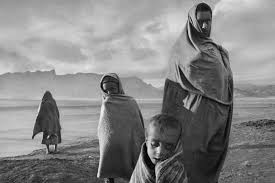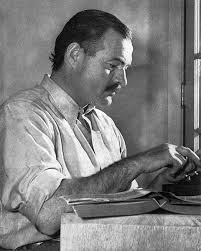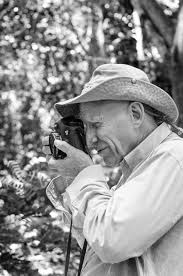
Published on RK Art & Design
In the vast world of photography, where digital immediacy often overshadows the essence of storytelling, Sebastião Salgado remains a towering figure—a visual poet and humanitarian with a camera. His work transcends the medium, reaching into the soul of humanity and pulling out truths that are both beautiful and brutal. To explore Salgado’s photography is to take a journey through suffering, resilience, and awe-inspiring landscapes that mirror the resilience of life on Earth.
A Journey Rooted in Humanity
Born in Aimorés, Brazil in 1944, Sebastião Salgado did not begin his career as a photographer. He studied economics and initially worked as an economist for the International Coffee Organization. It was during his travels to Africa for the World Bank that he first picked up a camera—and everything changed. What he saw through the lens awakened something within him: a call to document the human condition.
In the decades since, Salgado has become one of the most important social documentary photographers of our time. His black-and-white images, often captured on traditional film using a Leica or medium-format camera, are deeply evocative and compositionally masterful. Yet what makes Salgado truly unique is his unwavering commitment to the dignity of his subjects—whether they are refugees, laborers, or the untouched tribes of the Amazon.
Signature Projects: From Suffering to Salvation
Workers (1993)
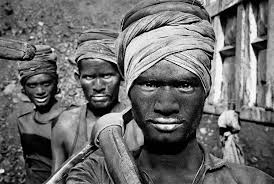
One of his most influential projects, Workers is a tribute to manual laborers across the globe—from gold miners in Serra Pelada, Brazil, to ship breakers in Bangladesh. The series captures the epic scale and brutal intensity of industrial labor. Each image is a masterclass in chiaroscuro, highlighting the physical toil etched into each face and gesture.
Migrations (2000)

In Migrations, Salgado turns his lens toward the global displacement of people. Over six years, he documented more than 35 countries, capturing the movement of refugees and migrants driven by war, poverty, and natural disasters. The images are haunting—families on foot through barren lands, crowded refugee camps, eyes filled with loss and longing. It’s a photographic record of one of the most pressing humanitarian issues of our age.
Genesis (2013)
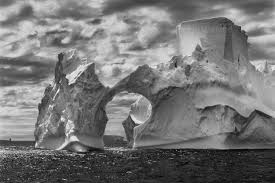
After years of documenting suffering, Salgado turned toward nature with Genesis, a project meant to rediscover the planet’s untouched beauty. He traveled to the Galápagos, the Arctic, the Amazon, and beyond, producing stark, transcendent images of landscapes, wildlife, and Indigenous peoples. The series feels almost biblical in scope and reverence, offering a visual hymn to the natural world.
The Aesthetic of Empathy
Salgado’s work is deeply influenced by the masters of painting and classical composition. His photographs are technically immaculate: rich in texture, often framed with a painter’s eye for balance and contrast. But what elevates them is his empathy. His images don’t objectify—they witness. Salgado doesn’t simply photograph people or places; he listens to them, allowing their stories to unfold naturally.
His use of black and white is not merely stylistic. It strips distractions, emphasizing light, form, and emotion. “Color is not essential to what I do,” Salgado has said. In monochrome, he finds universality—a timeless, almost mythic quality that unites the disparate threads of the human and natural condition.

Beyond the Camera: Environmental Advocacy
Sebastião Salgado is not only a photographer but an activist. Along with his wife, Lélia Wanick Salgado, he founded Instituto Terra, a nonprofit dedicated to reforestation and environmental education in Brazil. Together, they have transformed a decimated swath of land in Minas Gerais into a thriving forest—an embodiment of the hope that underpins even Salgado’s most harrowing work.
Legacy and Influence
In a world saturated with images, Salgado’s work demands that we slow down and see. He teaches us that photography can be a tool for advocacy, for connection, and for awe. His influence stretches across disciplines—informing journalism, fine art, environmental science, and human rights.
For aspiring photographers, Salgado’s legacy is a call to purpose. To tell stories that matter. To use the camera not just as a creative instrument, but as a means of bearing witness, provoking empathy, and inspiring change.
⸻
Conclusion
Sebastião Salgado is more than a photographer—he is a chronicler of the human experience and the planet that sustains it. His lens captures not just what we are, but what we might become. In every frame lies a question, a challenge, and a quiet, persistent hope that art can help us see the world—and each other—more clearly.
Thanks for reading. For more posts head to my main page.
To read my short stories, click here.
Head to amazon for my kids books.
Romance novels
